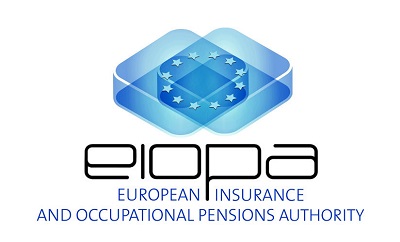The European Insurance and Occupational Pensions Authority (EIOPA) has outlined how Solvency II rules will recognise reinsurance schemes for COVID-19 and credit insurance.
 The European regulator has identified significant differences in that way that national schemes are implemented through its temporary framework for state aid measures to support the economy in the current COVID-19 outbreak, which was adopted back in March.
The European regulator has identified significant differences in that way that national schemes are implemented through its temporary framework for state aid measures to support the economy in the current COVID-19 outbreak, which was adopted back in March.
Therefore, to ensure a level playing field and consistent treatment of schemes with the same economic consequences as reinsurance, EIOPA has put forward a number of supervisory recommendations for national competent authorities.
The temporary framework is designed to enable EU member states to adopt temporary measures to prevent rapid contraction of credit insurance business following the pandemic.
But some national schemes interact directly with the seller/exporter covering their transactions or providing guarantees to their loans, while others provide indirect support through schemes closer to reinsurance which allow credit insurers to keep the previous coverage limit.
EIOPA recommends that authorities allow insurers and reinsurers to consider schemes that transfer insurance risk to a government as having the same consequences as reinsurance under Solvency II.
Such treatment should lead the assets recognised by insurers and reinsurers under the scheme to be considered linked to reinsurance for Solvency II purposes.
Given that Solvency II regime assumes governments are solvent counterparties, EIOPA further recommends that authorities allow re/insurers to consider that schemes based on reinsurance comply with the relevant requirements regarding the counterparty.
However, other counterparties that are not authorised insurers or reinsurers nor the government of a member state are not allowed to do reinsurance activity and any transfer of risk to them should not be considered as reinsurance activity.
Considering the temporary nature of government schemes allowed by the EIOPA’s framework, the forward-looking nature of the Solvency Capital Requirement has also been identified as a key aspect of the risk-mitigation technique assessment that requires a convergent approach.
As such, it’s suggested that authorities should allow re/insurers to assume that the schemes will be extended in 2021 only where such extension has already been approved.


